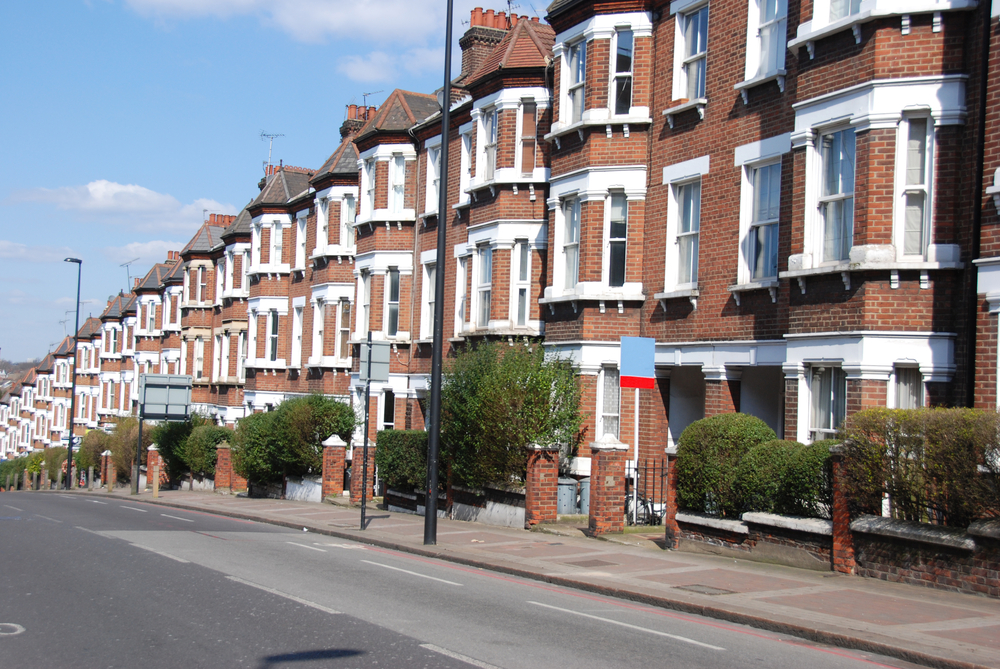Buy To Let
Buy-to-let: what next for the hobbyist landlord?

Much has been written in recent weeks about the difficulties faced by professional buy-to-let landlords in borrowing from the major banks following the introduction of new lending rules. However, ‘hobbyist’ landlords – those with one or two properties – are not entirely off the hook and those coming to the end of a fixed deal may need to take note.
For some time, to get the most attractive buy-to-let deals, landlords needed their rental income to cover 125% of their mortgage, at an assumed interest rate of 5-5.5%. In real terms, this mean that if they wanted £100,000-worth of borrowing, they needed to generate rental income of £521 per month.
In September of last year, the Prudential Regulation Authority issued new buy-to-let underwriting standards expectations. This said: “Affordability assessments should take into account: borrower’s costs including tax liabilities, verified personal income (where used by the lender) and possible future interest rate increases.”
Lenders interpreted this strictly. Many imposed rental income coverage of 145% at an assumed interest rate of 5% or even higher. Landlords wanting to borrow £100,000 suddenly had to find £665 of rental income. This risked the phenomenon of ‘mortgage prisoners’, landlords trapped on high standard variable rates and unable to remortgage to fixed rates because of the new rules. This has been a significant problem in the residential market. Landlords had already been facing tougher taxation rules and this threatened to dent their profits still further.
What is the situation for a landlord remortgaging today? David Hollingworth, associate director of London and Country Mortgages, says that lenders are now being more considered in the way they approach the new rules: “Initially, we saw a one-size fits all approach with a higher cover ration and increased stress rate. To borrow the same amount, landlords had to generate higher rental income. This ran the risk of people finding it difficult to remortgage or to buy another property.
“However, lenders have started to look at the rules more closely and apply different layers of criteria. This is more complex to navigate, but does make it easier. For example, in a like for like remortgage, lenders are more flexible. They may pare back the rental requirements, or look at the individual circumstances of the mortgage. If someone wants to do a five-year fix, it doesn’t have to have the same stress rate as a variable rate mortgage.”
Lenders may also take into account whether someone is a higher or basic rate tax payer. Tax rates haven’t changed for basic rate taxpayers and therefore lenders are more willing to be flexible.
The problem for borrowers is that it’s not always clear how they will be assessed or whether they will meet a lender’s criteria. However, Hollingworth says that buy-to-let investors should be reassured that if they are rejected by one lender, there may be another willing to help them. “While we can’t say that it won’t be a problem in the future, it hasn’t been a significant issue for our clients yet,” he added.
The key for landlords who are coming to the end of a fixed term is to be prepared. Talk to your lender ahead of time and find out if they are likely to let you re-fix at a lower rate. If you need to remortgage, you will need to get started up to three months in advance to ensure you don’t slip onto the variable rate. A decent adviser can help. If you are looking to keep costs down, try one of the online brokers such as Habito.